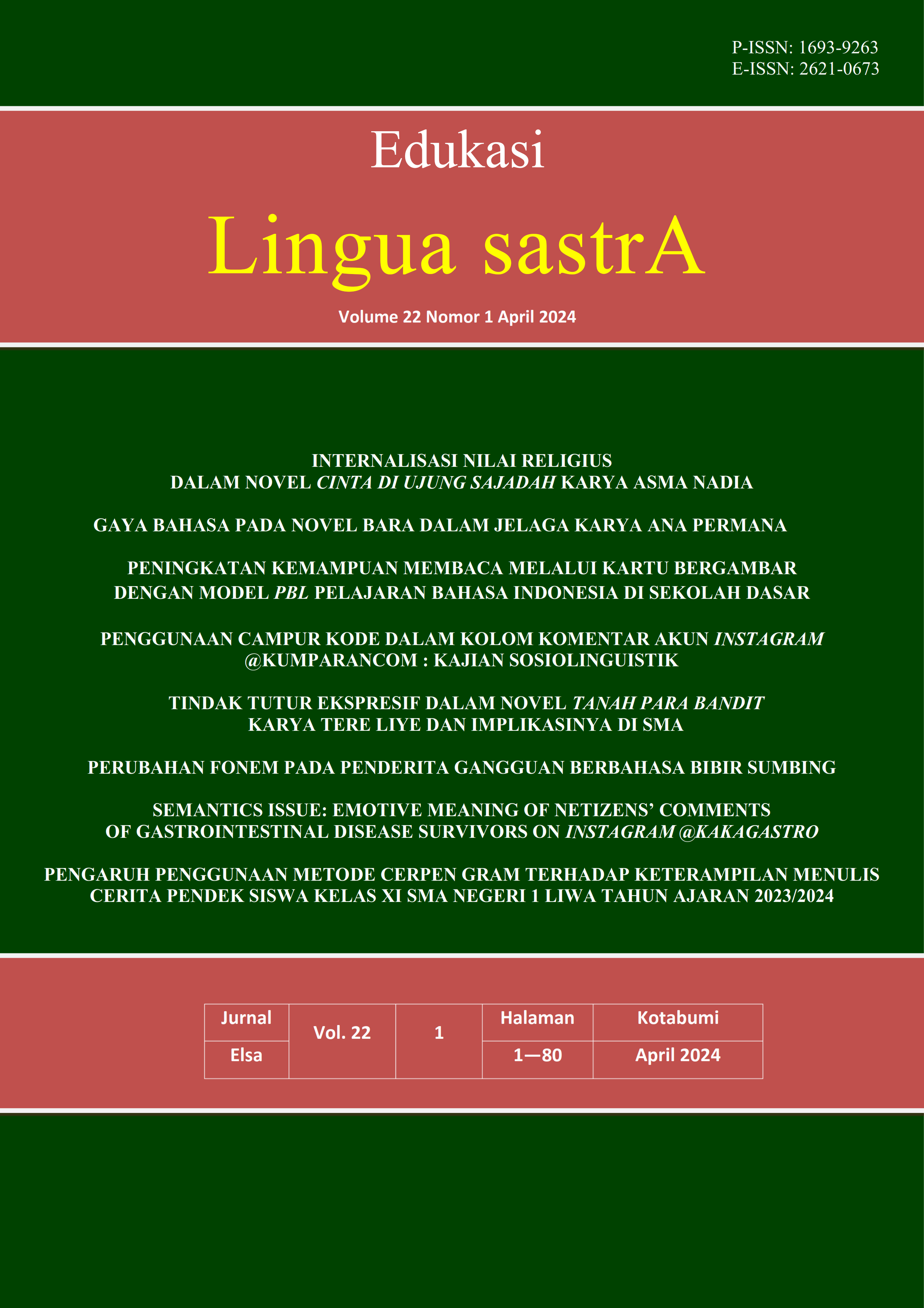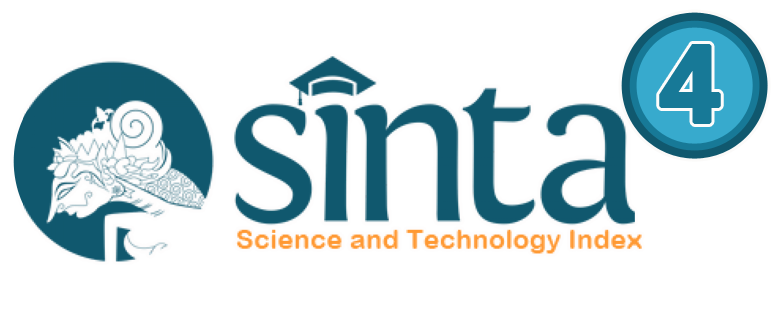This study examines the language style in the novel “Bara in Jelaga” by Napermana based on Tarigan theory which divides four types of language styles, namely comparative language style, conflict language style, connection language style, and repetition language style. This study uses qualitative descriptive research method. The data source for this study is the novel “Bara in Jelaga” by Napermana. Data collection techniques use reading and note techniques. According to the results and discussion, a language style with a total of 42 quotations was found which shows language style, consisting of: 1) comparative language style, 22 quotations, including 10 parable language styles, 3 quotations in periphrasis language style, 8 personification language styles. Quotations, and pleonasm language style contains 1 quotation. 2) the conflicting language style consists of 8 quotations, including the climax language style containing 2 quotations, the hyperbole language style containing 5 quotations, and the sarcasm language style containing 1 quotation. 3) the linking language style consists of 3 quotations, including the erotic language style containing 1 quotation, the eponymous language style containing 1 quotation, and the ellipsis language style containing 1 quotation. 4) the repetition language style consists of 9 quotations, including the episcopal language style containing 3 quotations, the anaphoric language style containing 5 quotations, and the epistrophic language style containing 1 quotation.The conclusion of this research is that the novel “Bara in Jelaga” predominantly uses a comparative language style.




 Google Scholar
Google Scholar Garuda
Garuda Sinta
Sinta










